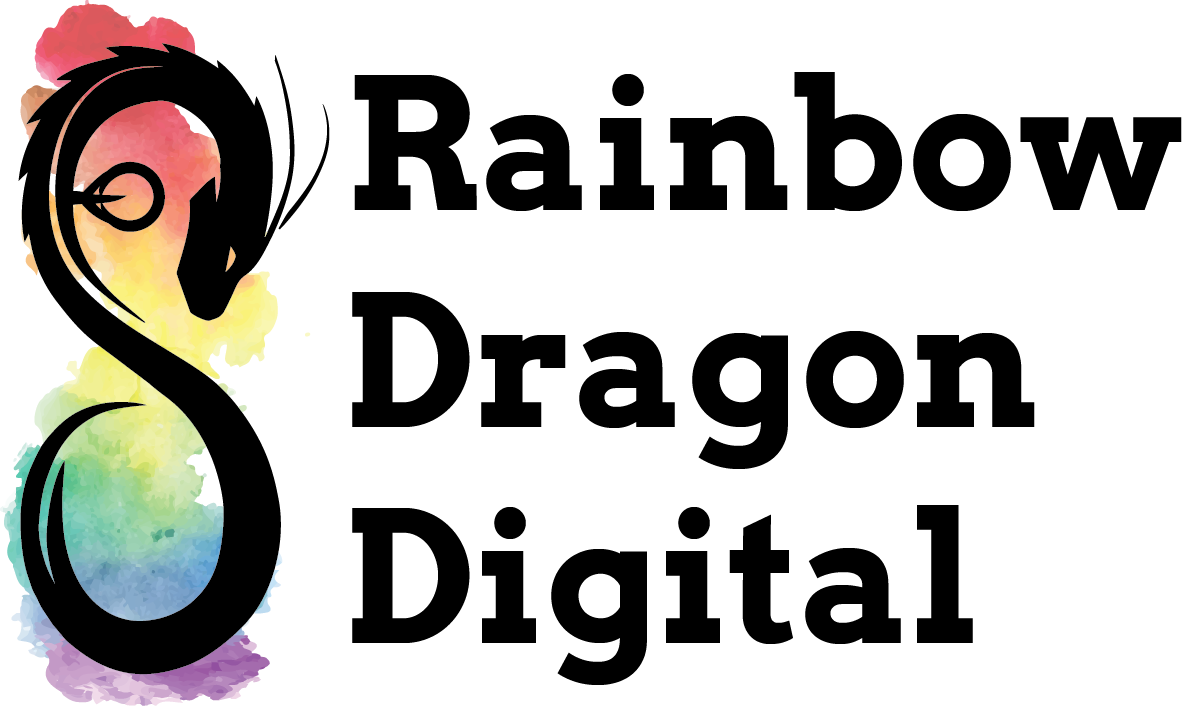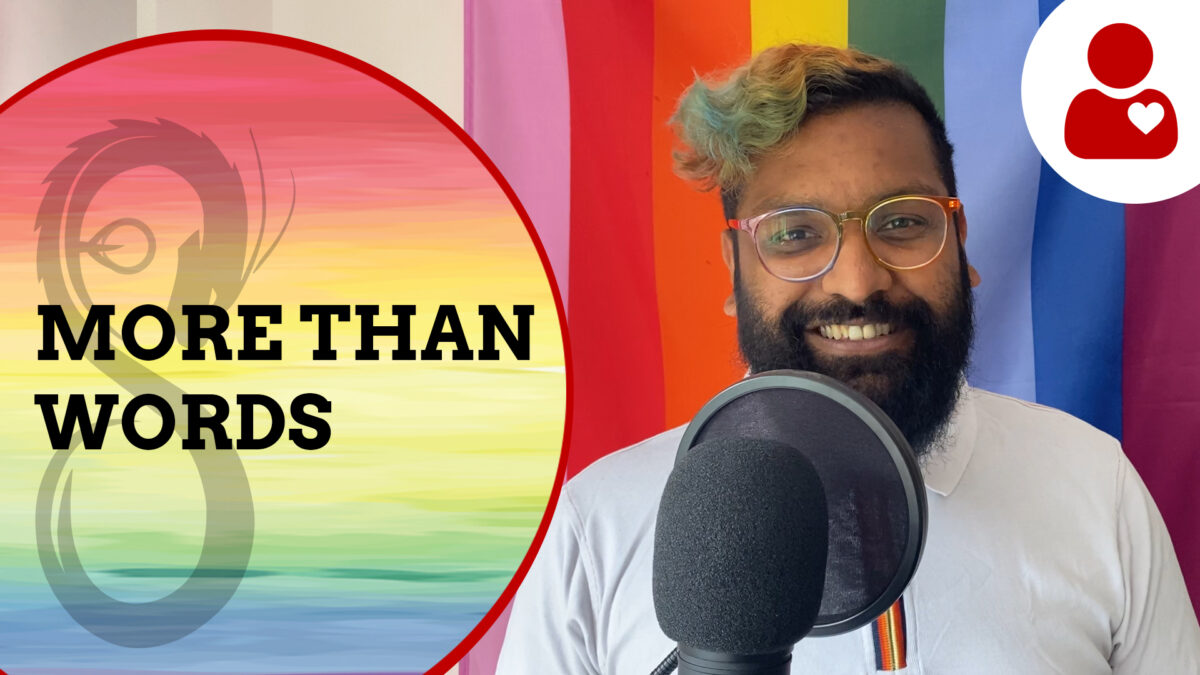If you only listen to the words your clients say when you talk to them, you may be missing what’s really being said – the true meaning underlying the words. But if you look beyond their words to their actions and the way they say things, you can identify their wants, needs, fears, and frustrations – in other words, the problems that may be holding their business back.
When we engage with our clients at a deeper level, we develop a greater understanding of how we can support them and be better partners. Find out more about the power of non-verbal communication in this video.
Doing something that’s changing the world and would you like to have a chat with me about it? Click here and fill out the form!
Don’t like videos? Here’s the text version:
In today’s video, I talk about some of the things that we don’t tend to consider when it comes to communication – such as the way we reveal the things we need through our actions. When we engage with our clients at a deeper level, we develop a greater understanding of how we can support them.
If you haven’t subscribed to my YouTube channel already please do – it will help me loads, and if you click the bell you’ll be notified when I release new videos.
Looking for Communication Clues
Communication is so much more than words. To illustrate, consider my friend’s dog. Just by listening to the sound of his dog’s whine, combined with the way he is behaving, he can tell whether his dog is hungry, needs to pee or is simply impatient for his walk. In another example, my boyfriend once told me that when he was a child he used to talk to his childhood dog and feel as if he was having a real conversation, even though his dog obviously couldn’t speak – but those conversations probably felt real because he had been communicating in some ways with his dog… maybe he picked up on his dog’s mood when he was happy (probably out for a walk or eating!) or sad (perhaps recovering from a trip to the vets)? In much the same way, a parent can gather clues from a baby’s cries as to whether they’re hungry, tired, or uncomfortable in some way.
We don’t always need words to communicate. Our brains gather so much information about the world around us from non-verbal cues (such as body language and behaviours) that help us to understand the people in our lives and to identify their needs. This kind of information isn’t structured into logical arguments or requests through our choices of words; instead, it can reveal a deeper layer of wants, needs, fears, or frustrations that may mean more than the words we say aloud.
Identifying Wants, Needs, Fears and Frustrations
In your business, the first thing you need to do is identify your target person and understand what you can do to help them. You need to understand who they are, looking beyond categories or demographics, and listening to more than just their words, so you can discover their wants, needs, fears, and frustrations – in other words, the problems they need to solve.
When you truly understand your clients’ wants, needs, fears, and frustrations, you can start communicating to them that you understand their requirements and you’re going to do all you can to satisfy those wants or needs or alleviate those fears or frustrations.
Communicating without Words (Non-Verbal Communication)
Communication is the key to understanding what a customer wants – but remember to take on board what your customer is really saying through their actions as well as their words. Many of these actions will be subconscious, revealing deeper concerns through the way people talk about things and the body language they exhibit.
This deeper layer of understanding works both ways, too. As you get to know your clients and to understand what they need, you’ll likely be revealing similar subconscious information to them, such as automatically communicating that you understand and you have solutions in mind that can help resolve their business concerns. As your professional relationship evolves, it will allow you to communicate beyond words and establish a partnership built on a foundation of trust and mutual understanding.
Finding the People You Want to Work With
You can discover a lot about people by listening beyond words – it helps you get to know the people you want to work with, identify the support they need or the worries they have, and develop a deeper sense of how you can work together most effectively.
If you want some help with identifying and getting to know your current or future clients, please do get in touch – I’ll be happy to share with you the ‘target person builder’ that I use.

